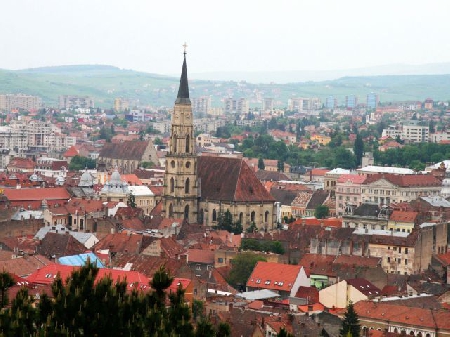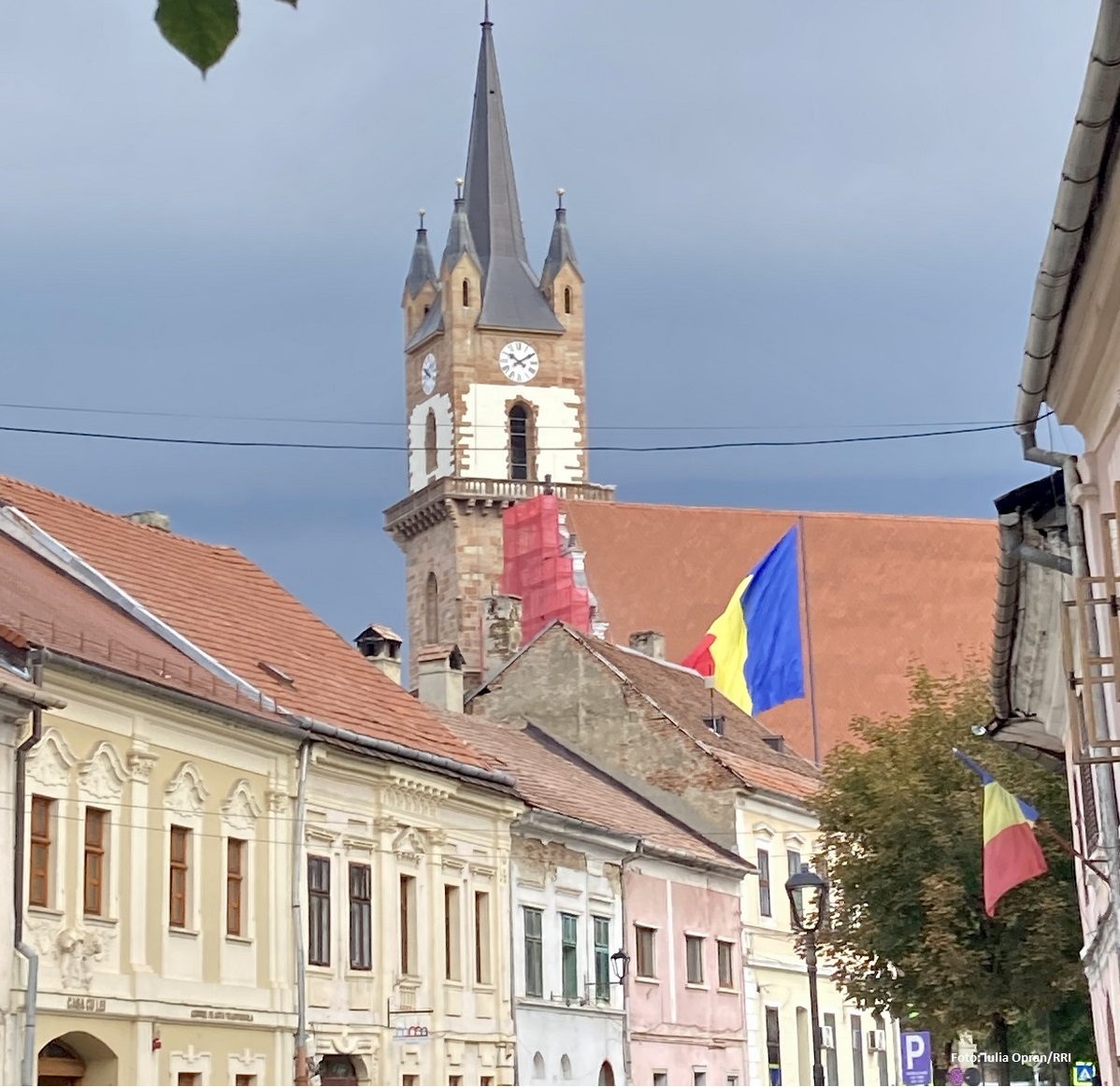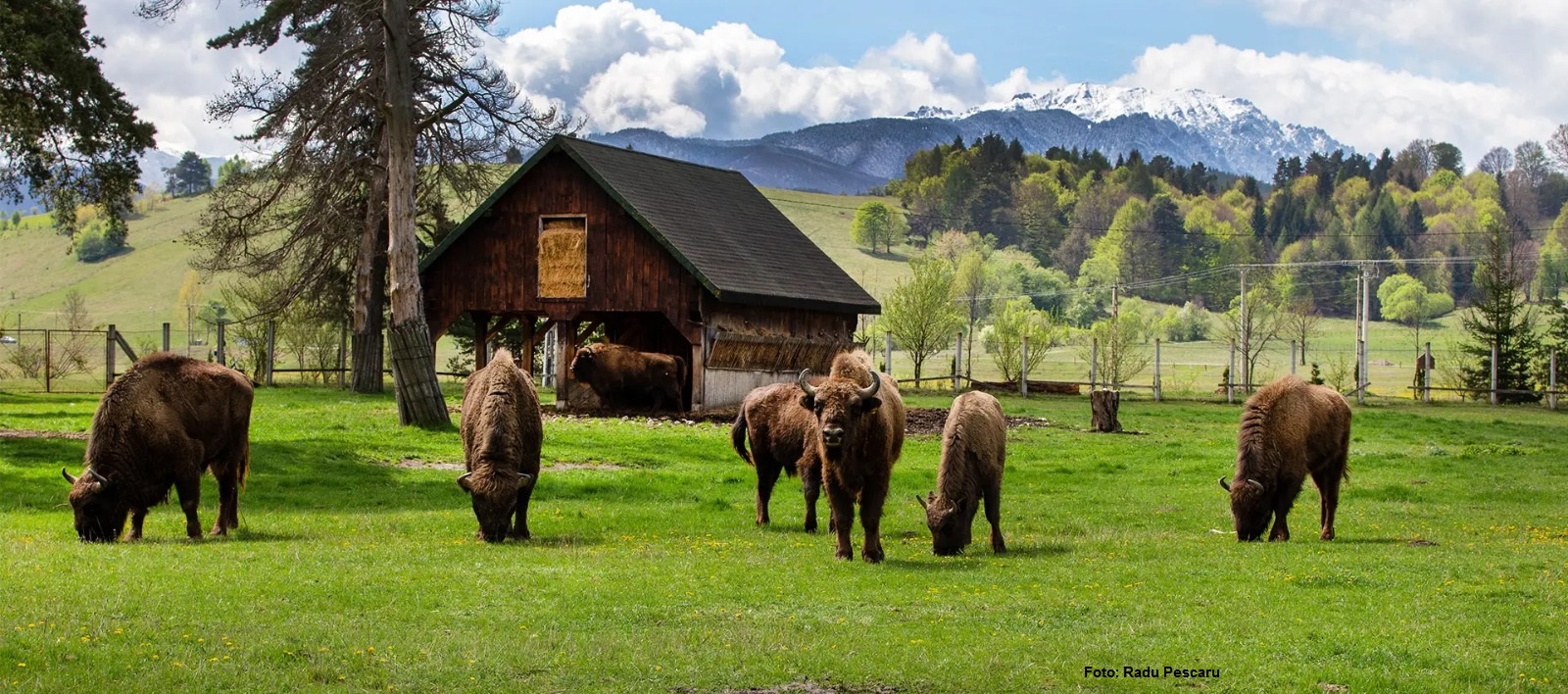Cluj Contest 85 Years
We invite you on a trip to the city of Cluj-Napoca, located at the heart of Transylvania in central Romania. This is a perfect time to visit the city, as the 3rd edition of the Cluj Napoca Days is in full swing. Our guide is Cristian Ivanes, a local journ

Ana-Maria Cononovici, 30.05.2013, 13:37
So why should we visit the city? Cristian Ivanes: “Cluj is a very special city. A simple walk through its center is enough to make you understand that, although there are plenty of tourist attractions outside the city center as well, in central Cluj-Napoca you will be surprised by the big number of churches and by the number of religious denominations they belong to: reformed churches, Roman-Catholic churches, Unitarian churches and Greek-Catholic churches, all on the same street. The city of Cluj-Napoca acquired its fame as early as the 16th century for its religious tolerance, as back then the city was home to a new religion, the Unitarianism. It is a city that has a lot to offer in terms of tourism not only because of its churches, but also because of its beautiful buildings built in a variety of architectural styles. For instance, the city center brings together edifices erected in the late 18th century in a typical Habsburg style.”
Other tourist spots in the city are the Botanical Gardens, the Ethnographic Museum of Transylvania and the “Emil Racovita” Spaeleology Museum. Cluj Napoca’s Botanical Gardens are known as some of the most beautiful and complex in southeastern Europe. The gardens, set up by Professor Alexandu Borza in 1920, cover 14 hectares.
A city of hills, Cluj-Napoca is also famous for its beautiful panorama views. Cristian Ivanes: “If Rome has its seven hills then Cluj has at least two and one of them is the Fortress Hill, known by locals as Cetatuia. It is one of the most famous places here, offering a bird’s eye view of the whole city. Cluj-Napoca stretches along a valley, the Somes River Valley. The Feleac hill lies on the other side of the valley and it is even more famous than the Fortress Hill, at least for traditional music lovers, whose songs are mostly about the Feleac Hill and its importance for the Cluj area.”
Cluj-Napoca is a city for all tastes. History and originality are the two trademarks of the city that make the delight of its visitors. Cristian Ivanes: ”There is an offer catering for all tastes. There are even castles of Hungarian noblemen, some of them completely or only partially refurbished. And all of them tell the tale of the place and its people. For instance, speaking of the city center, what comes to mind is something very few people in Cluj-Napoca are aware of: the city had been under the Ottoman occupation. There are at least two churches here, the Saint Michael Roman Catholic Church in the city center, a medieval church, and the reformed church on the Kogalniceanu Street, which is also medieval, where you can see Ottoman cannon balls still stuck in the church walls.”
The winners of the contest Radio Romania 85 will be offered a tour of the city of Cluj-Napoca in September and will also get the chance to visit the Radio Cluj offices in the city.
Cristian Ivanes: “The radio building is located in a special area of the city, in its western part, and is surrounded by hills. The building is very big; it’s probably the second largest building housing a public radio station in Romania after the one in Bucharest. I think the winners will enjoy visiting it.”
This multicultural and multi-ethnic city has prepared to celebrate the Cluj Days with an international food festival where various dishes such as Romanian Spanish, Italian, Japanese and Syrian ones will be presented. Representatives of the local restaurants will cook these dishes in the city’s squares.
All you need to do to in order to get the chance to see this with your own eyes is to participate in RRI’s ongoing contest “Radio Romania 85”.






























